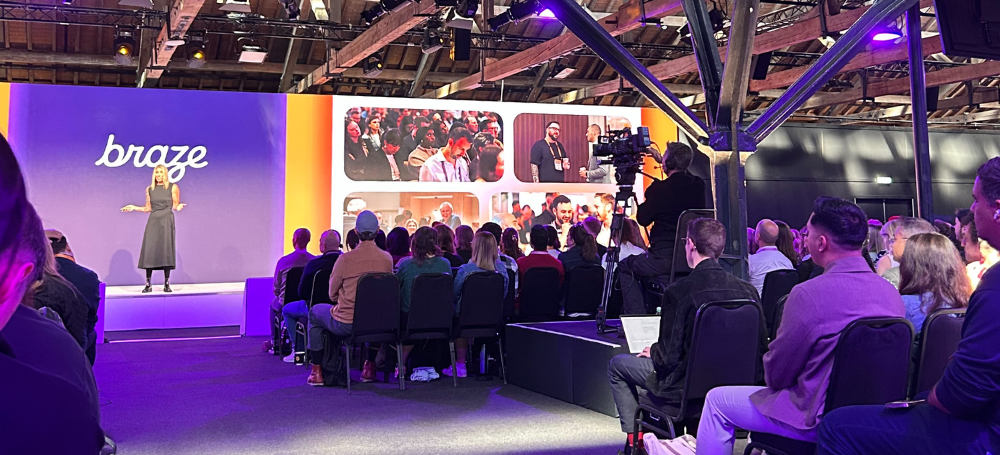Our curated insights on customer experience
Explore our thoughts on marketing strategy, data, technology and processes so you can deliver the most valuable customer experiences.
Articles & News

16th Sep 2025
Navigating The Risks Of Agentic AI In CXM

20th Aug 2025
Account-Based Marketing Strategy: Where To Start

14th Aug 2025
Your Practical CDP Implementation Guide

22nd Jul 2025
Time to Review Your Tech Stack?

27th May 2025
A Framework for Personalisation at Scale

21st May 2025





